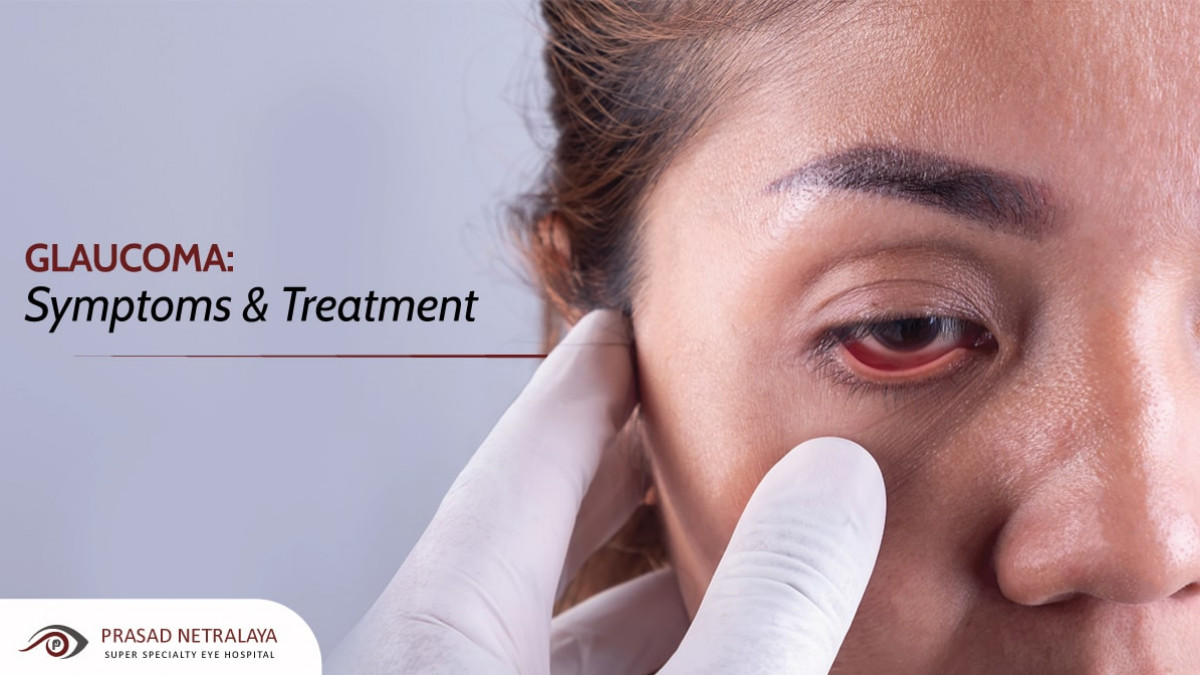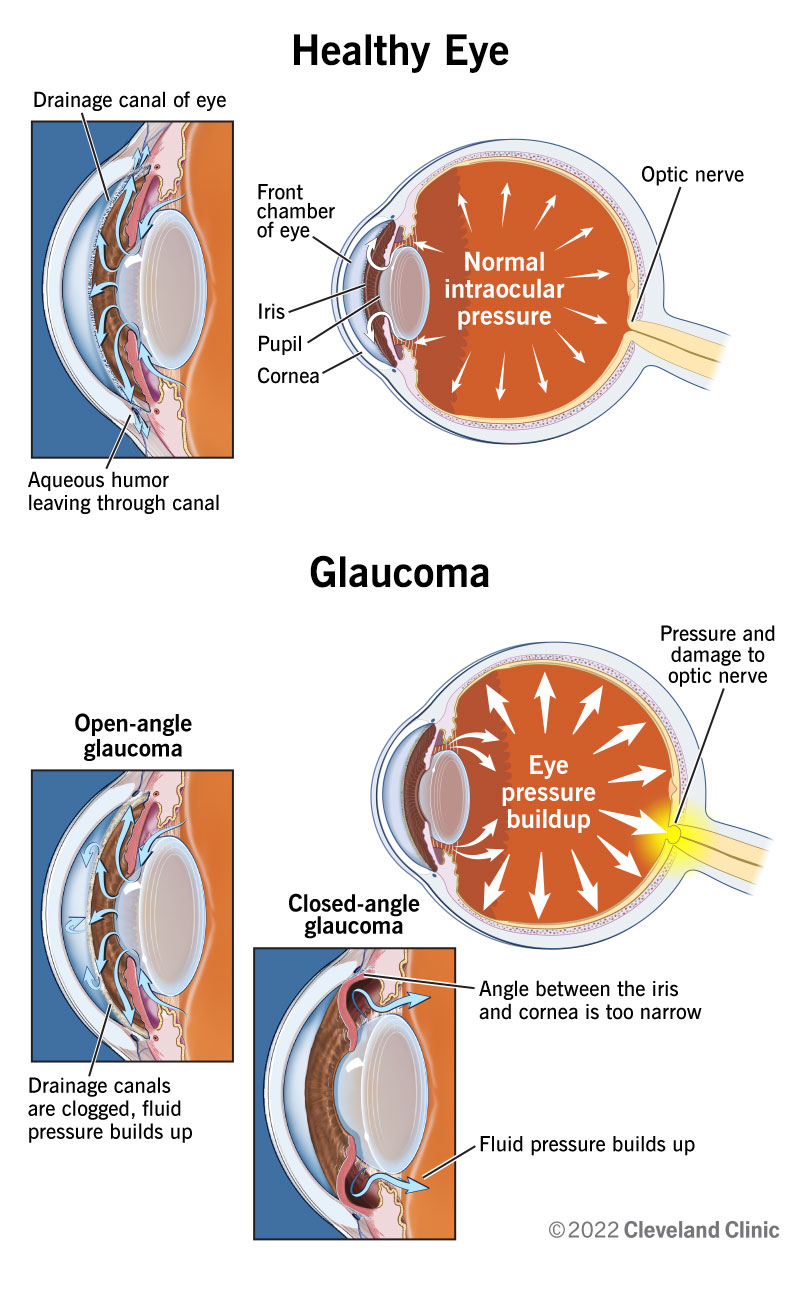Reputable Glaucoma Service Near Me: Protect Your Sight with Professionals
Reputable Glaucoma Service Near Me: Protect Your Sight with Professionals
Blog Article
Comprehending the Various Vision Correction Procedures Available for Clearer View
In the realm of vision improvement procedures, a multitude of choices exist to attend to refractive errors and offer people with clearer sight. From the commonly recognized LASIK surgical treatment to less intrusive procedures like PRK and implantable lenses, the field of ophthalmology uses a range of methods tailored to match various requirements and choices. Each procedure features its very own set of factors to consider, benefits, and potential risks. Understanding the nuances of these vision improvement techniques is critical for making notified decisions concerning one's aesthetic health and wellness. Allow's check out the details of these procedures and clarified the course to achieving boosted vision clarity.
LASIK Surgical Procedure
LASIK surgical procedure is a typical refractive treatment used to remedy vision issues such as astigmatism, farsightedness, and nearsightedness - eyecare near me. This medical method, which stands for Laser-Assisted sitting Keratomileusis, intends to reshape the cornea to enhance how light is concentrated on the retina, inevitably boosting vision quality. Throughout the treatment, a slim flap is created on the cornea, and a laser is made use of to get rid of accurate amounts of cells to reshape it appropriately. This reshaping allows for light to be properly concentrated onto the retina, correcting refractive mistakes.
One of the primary benefits of LASIK surgical procedure is the fast improvement in vision experienced by people. In general, LASIK surgical procedure is a popular option for people looking for a lasting option for their vision issues.
PRK Procedure
While likewise a common refractive procedure, the PRK (Photorefractive Keratectomy) technique varies from LASIK surgery in its strategy to dealing with vision troubles. In PRK, as opposed to creating a flap on the cornea, the outer layer of the cornea, called the epithelium, is completely eliminated. This permits the laser to improve the cornea to correct refractive errors such as nearsightedness, farsightedness, and astigmatism directly on the surface.

In spite of the longer recuperation time, PRK can yield excellent lead to vision renovation, making it an important alternative for those that may not appropriate candidates for LASIK surgical procedure.
Implantable Lenses
In contrast to PRK where the cornea is improved directly, implantable lenses use an additional technique for correcting vision by inserting man-made lenses inside the eye. This treatment is specifically beneficial for individuals with high levels of farsightedness, astigmatism, or nearsightedness that may not be appropriate prospects for laser surgical procedures like LASIK or PRK.
Implantable lenses, likewise referred to as phakic intraocular lenses, work by supplementing the eye's all-natural lens with an artificial one. eyecare near me. These lenses can be put in front of the all-natural lens (former chamber) or behind the iris and in front of the all-natural lens (posterior chamber) By changing the power and positioning of these lenses, ophthalmologists can successfully correct refractive mistakes and improve visual acuity
One advantage of implantable lenses is that they are exchangeable and detachable, supplying versatility for future modifications. However, just like any type of surgical procedure, there are threats entailed, such as infection or cataract development. People taking into consideration implantable lenses must speak with an eye care expert to figure out one of the most appropriate choice based upon their individual requirements and eye health.
Corneal Rings
Corneal rings, also referred to as intracorneal ring sections, are tiny, transparent gadgets put right into the cornea to correct vision distortions such as keratoconus. Keratoconus is a problem where the cornea thins and protrudes outward, triggering vision to end up being distorted. The insertion of corneal rings helps to flatten the cornea, boosting visual acuity and decreasing the uneven astigmatism triggered by keratoconus.
The treatment for placing corneal rings is minimally invasive and fairly fast, commonly done as link an outpatient procedure. During the surgical procedure, the ophthalmologist makes a little laceration in the cornea and inserts the rings at a particular depth. Once in position, the rings help to improve the cornea, supplying a smoother surface for light to enter the eye, click site which can lead to clearer vision.
Corneal rings are taken into consideration a relatively easy to fix procedure, as they can be gotten rid of or changed if needed. retina service near me. While they may not totally get rid of the requirement for glasses or call lenses, corneal rings can considerably enhance vision quality and overall visual convenience for individuals with keratoconus or other corneal irregularities
Refractive Lens Exchange
Adhering to the adjustment of corneal abnormalities with procedures like corneal rings, one more vision correction technique that can resolve refractive mistakes is Refractive Lens Exchange (RLE) RLE is an operation that involves replacing the eye's all-natural lens with a fabricated intraocular lens (IOL) to fix refractive errors such as nearsightedness, presbyopia, and farsightedness. This procedure is especially valuable for individuals who might not appropriate candidates for procedures like LASIK or PRK due to elements such as slim corneas or high refractive mistakes.

Conclusion
In conclusion, there are different vision modification treatments readily available to aid individuals accomplish clearer sight. LASIK surgical treatment, PRK treatment, implantable lenses, corneal rings, and refractive lens exchange are all choices that can deal with various vision issues.
In the world of vision correction treatments, a multitude of alternatives exist to resolve refractive mistakes and give people with clearer view.LASIK surgical treatment is a typical refractive procedure utilized to correct vision problems such as astigmatism, nearsightedness, and farsightedness.While also a common refractive treatment, the PRK (Photorefractive Keratectomy) method differs from LASIK surgery in its approach to dealing navigate here with vision troubles.Adhering to the correction of corneal irregularities with procedures like corneal rings, another vision improvement strategy that can address refractive mistakes is Refractive Lens Exchange (RLE) LASIK surgery, PRK procedure, implantable lenses, corneal rings, and refractive lens exchange are all options that can resolve various vision issues.
Report this page